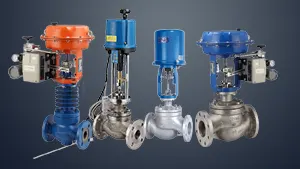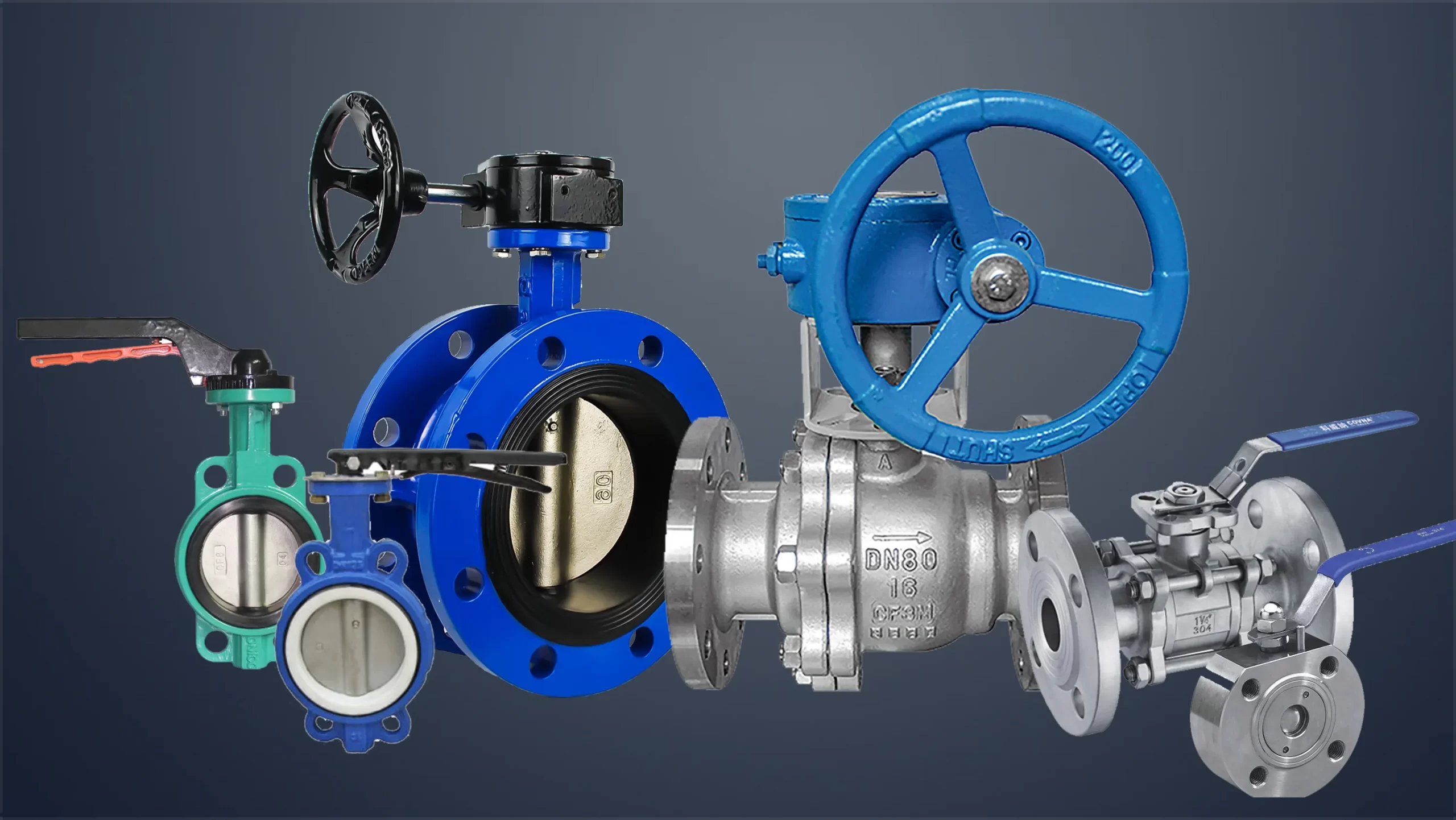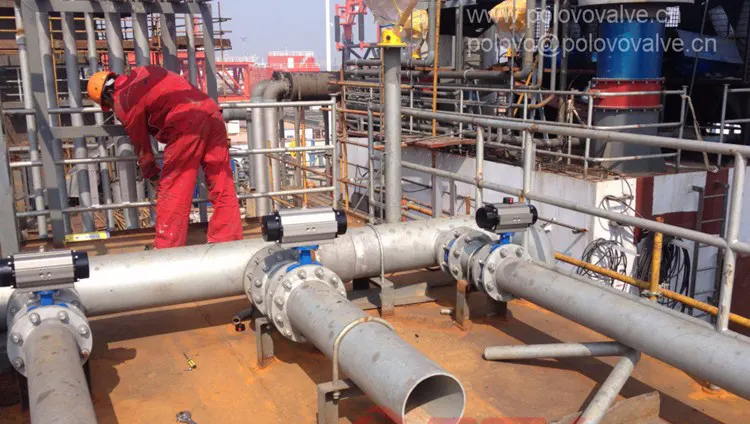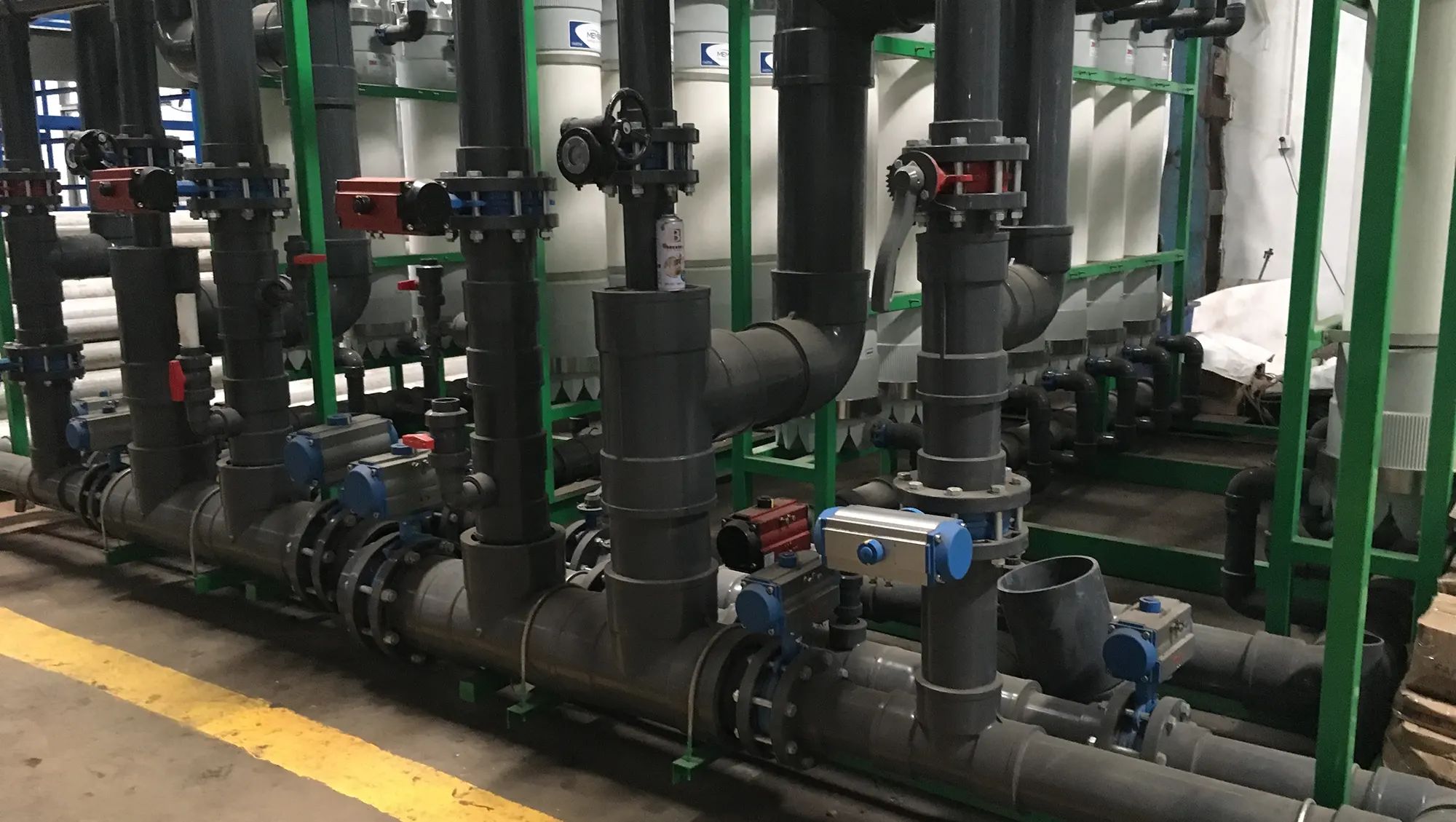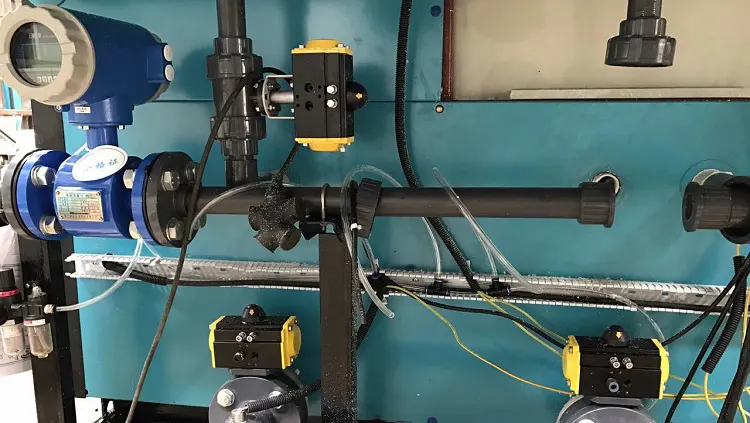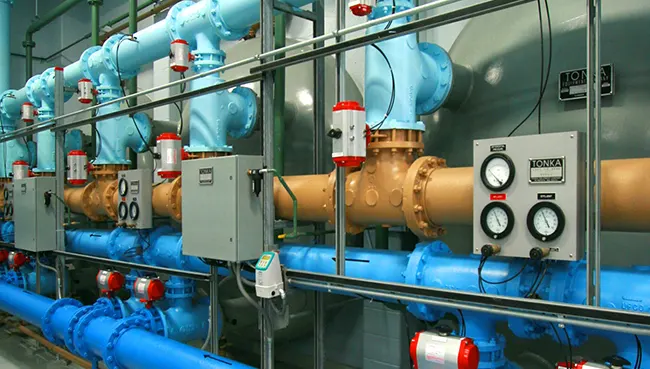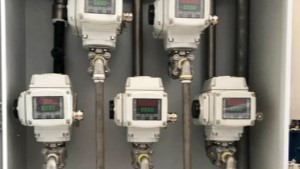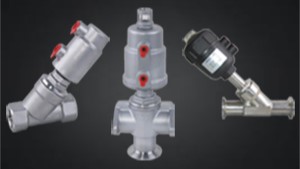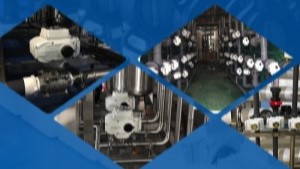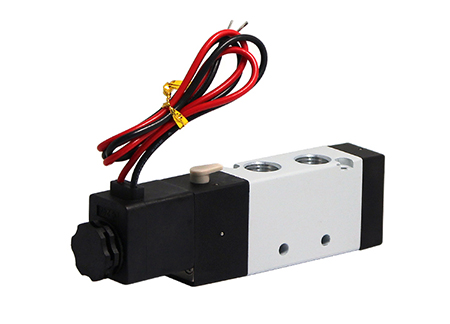The pneumatic solenoid valve also called pneumatic valves is the most used automatic valve because it is high efficiency, easy to use, and the price is relatively low. The solenoid valve is composed of a coil and a magnetic core, and the coil is energized or de-energized to control the operation of the magnetic core, thereby changing the direction of the fluid. The components of the solenoid valve are relatively simple, consisting of a fixed iron core, a moving iron core, a coil and other parts; the valve body part is composed of a spool valve core, a spool valve sleeve, and a spring base.
The most commonly used are stainless steel solenoid valves, brass solenoid valves, two-position three-way, two-position four-way, two-position five-way, etc. The “two-position” and “three-position” mentioned here refer to the different working positions of the spool of the reversing valve; while the “two-way” and “three-way” refer to the valve body of the reversing valve with two, Three unconnected ports, different oil passages and gas passages can only be connected through the switch of the valve port when the spool is shifted.
The pneumatic solenoid valve is not always smoothly in the daily operation process, and some faults will also occur. These faults will directly affect the use of the valve. Common faults include the solenoid valve does not operate. The following aspects should be investigated and resolved:
- The solenoid valve terminal is loose or the wire terminal falls off, which will cause the solenoid valve to not be energized and cannot be used. This kind of problem is very common. We can tighten the wire terminal or check it before use.
- Water in the solenoid valve, overload or unstable voltage will cause the solenoid valve coil to burn out. When encountering this kind of problem, we can remove the wiring of the solenoid valve and measure with a multimeter. If it is open, the solenoid valve coil will burn out. In addition, if the spring is too hard, the reaction force is too large, the number of turns of the coil is too few, and the suction force is not enough, which can cause the coil to burn out. For emergency treatment, you can turn the manual button on the coil from the “0” position to the “1” position during normal operation to open the valve.
- The gap between the valve sleeve and the valve core of the solenoid valve is very small, and many are assembled through a single piece. If there is too little lubricating oil or impurities enter, it will cause the valve to freeze. We can disassemble the solenoid valve, take out the valve core and valve core sleeve, and then clean it with cci4 to make the valve core move flexibly in the valve sleeve. When disassembling the valve, pay attention to the assembly sequence of each part, so that the reassembly and wiring are correct, and check whether the oil spray hole of the oil mist device is blocked and whether the lubricating oil is sufficient.
- There are many failures of solenoid valve air leakage. Air leakage will cause insufficient air pressure inside the valve, causing difficulty in opening and closing the valve, damage to the sealing gasket or wear of the slide valve, which may result in blow-by in several cavities. When dealing with the solenoid valve failure of the switching system, the appropriate time should be selected, and the solenoid valve should be processed when the solenoid valve is de-energized. If the processing cannot be completed within a switching gap, the switching system can be suspended and handled calmly.
Today’s introduction of solenoid valves is here for everyone. I hope it can be helpful to everyone. I hope everyone pays more attention to these details in the process of using, so as not to cause unnecessary problems.
![]()
Tags: pneumatic solenoid valve
--- END ---




